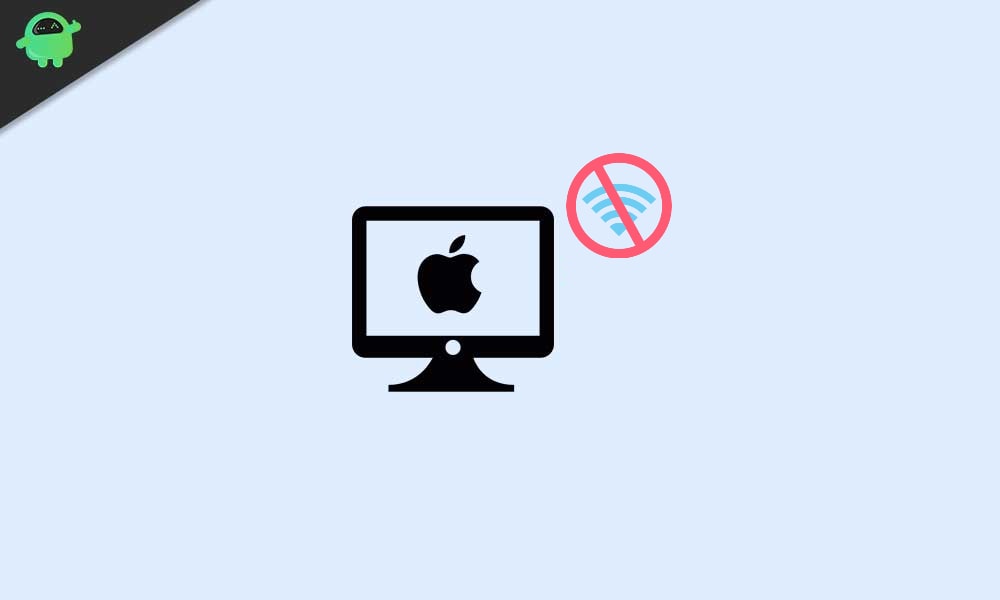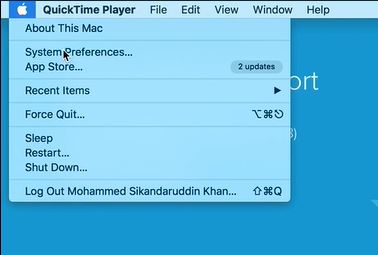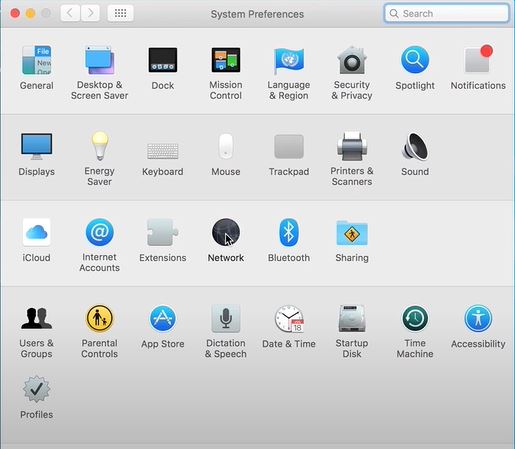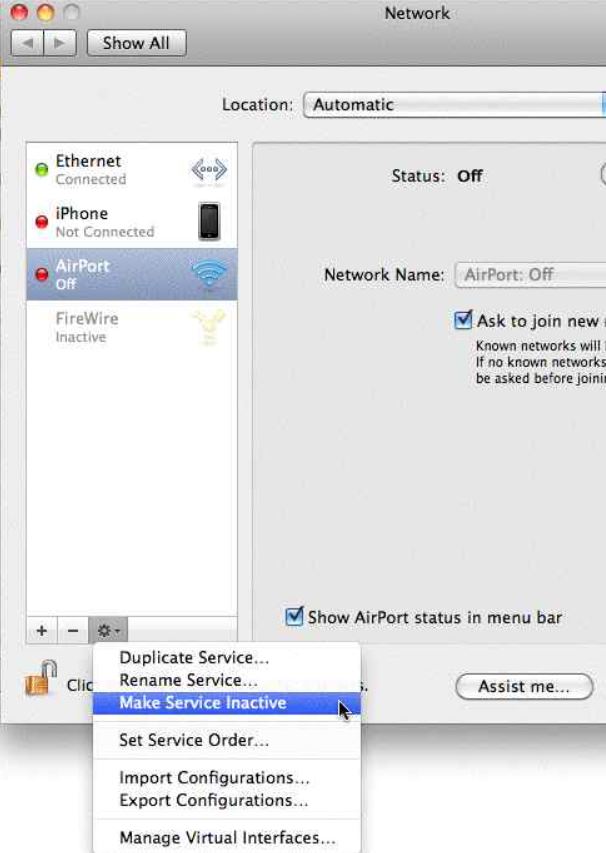Recently, some macOS users have reported that they are experiencing no WiFi hardware installed on the macOS issue. This issue is pretty severe as it refrains the users on macOS to use the internet and get online. The error shows a message “Wi-Fi: No hardware installed”, once the WiFi icon at the menu bar is clicked. Moreover, the Apple Hardware Test also did not show up any problem. Without the internet it is not possible to pass on a day. And this is not only for media consumption but almost everyone’s work is dependent on the internet.
And it could be frustrating to see if your WiFi or internet connection is not working even though you have all things correctly set. If you are also experiencing such issues with your macOS and you are looking for a fix for this issue, then you are at the right place. As in this post, we will give you some of the potential workarounds that users have used in order to fix this WiFi: no hardware installed error on macOS. So, with that being said, let us get straight into the article itself:
Also Read
FIX: Crunchyroll Black Screen When Streaming
Fix: macOS Ventura WiFi Not Working Issue
Fix: macOS Monterey Not Connecting to WiFi
Continuity Camera Not Working After macOS update, How to Fix?
Fix: Cannot Change Folder Background Color in Mac (macOS Ventura)
Fix: SanDisk Extreme Pro SSD Not Recognized or Detected on macOS

Page Contents
Fix Wi-Fi: No Hardware Installed Error on macOS
As per several users, the simple reboot is also not able to fix this no WiFi hardware installed error on macOS. The reason behind is could be that your Macbook has lost the track of devices that it needs to keep powered on. WiFi issues could either also be due to the fact that there are some issues with your router or you might have wrong settings on your device. Whatever, the case many be, let us take a look at all the troubleshooting methods that you can make use of to fix this issue.
Reboot your Mac
Well, I know that we have already mentioned that this method is not working for many users. But, who knows you might be having a simple issue and a reboot on your macOS device could do wonders without the need of applying complicated troubleshooting methods.
Reset NVRAM and SMC
If the simple reboot did not do the task for you, then you may be experiencing some actual issues with your hardware. Follow the steps below to reset the NVRAM and SMC on your macOS:
- Turn off your Mac.
- Then turn it ON and immediately press Option+Command+P+R buttons.
- Hold these buttons until your hear the sound of rebooting.
- Once the Mac is rebooted, check the status of the WiFi icon.
If the above mentioned method did not help, then you need to reset SMC.
- For MacBook models with non-removable batteries
- Shut down your Mac.
- Connect your Macbook with the adapter.
- Press and hold Shift+Control+Option+Power buttons and start your Mac as usual.
- For MacBook models with removable batteries
- Shut down your Mac.
- Remove the battery.
- Press and hold Power button for 5 seconds.
- Then release it.
- Connect the battery and reboot.
- For iMac, MacPro, and MacMini
- Turn off your Macbook.
- Disconnect it from the power cable.
- Press and hold Power button for 5 seconds.
- Release the power button and reconnect the power cable.
For multiple users, resetting NVRAM and SMC has helped fixing this issue. If still for you, this did not help then jump to the next workaround.
Check WiFi in Safe Mode
- Turn OFF your Mac.
- Start your Mac and immediately press and hold the Shift key. An Apple logo will appear.
- Once you see the login window, release the Shift key.
- Now you are in the Safe Mode.
- Here check if your WiFi is working or not.
- If yes, then you can reboot your PC normally.
Check outdated system configuration file
- Head over to Applications>>Utilities and open the Terminal app.
-
Enter the below command:
ls -l /etc/sysctl.conf
- You will see a message “No such file or directory”, meaning that your WiFi problem is caused by something else.
- However, if results come up like “-rw-r–r– 1 root wheel 136 24 Nov 2013 /etc/sysctl.conf” then this means that the sysctl.conf file is causing the issue.
-
Then rename it with the below command:
sudo mv /etc/sysctl.conf /etc/sysctl.conf.bak
- Restart your macOS and see if that helps.
Reset network service
If none of the methods worked for you, then the last thing that you can do is reset the network service.
- Go to System Preferences.

- Once you are in the Network window, select WiFi.

- Open configuration and from here select “Make Service Inactive”, before restarting your Mac.

- After your Macbook has rebooted, go back to System Preferences > Network and select “Make Service Active.”
Delete system configuration files
This is possibly the best workarounds that you can apply if you are having an issue with WiFi and your macOS shows no hardware installed.
- Open Finder.
- Go to folder:
/Library/Preferences/SystemConfiguration
- Delete the below listed files:
NetworkInterfaces.plist, com.apple.airport.preferences.plist com.apple.wifi.message-tracer.plist
- Restart your Macbook.
Wrap Up!
So, there you have it from my side in this post. I hope you guys liked this post and were able to fix the WiFi issue no hardware installed on your Macbook with any one of the following methods. Let us know in the comments below which one of the methods worked for you.
And for more such awesome coverage, you can head over to our check out our Windows Guides, Gaming Guides, Social Media Guides, iPhone, and Android Guides to read more. Make sure to subscribe to our YouTube Channel for awesome videos related to Android, iOS, and Gaming. Until the next post…Cheers!
